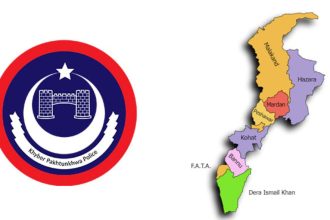Climate change, rapid urbanization, population growth, and bad governance would further impact water availability, making it one of the world’s most water-stressed countries.
According to the data released by the World Resources Institute (WRI), which defines water stress as the ratio between total water withdrawals and available renewable surface water at a sub-catchment level, Pakistan is predicted to be the most water-stressed country in the region by the year 2040.
The report, which scores every country on a scale of zero to five, with the higher number representing the most water-stressed, stated by 2040, Pakistan would be the 23rd most water-stressed country in the world with an average score of 4.48, unless it changes its ways and works on water conservation.
Pakistan’s ranking is projected to improve from 18 in 2020 to 23 in 2040; however, it should not be taken as a sign of improvement, as Pakistan’s average score would increase by 0.15 from 4.33 in 2020 to 4.48 in 2040. The improvement in ranking is likely due to more deteriorating situations in countries like Azerbaijan, Armenia and Iraq.
Among the three sectors identified by the report, namely industrial, domestic and agriculture, agriculture is the worst to be affected. The competition for water use faced by those engaged in agricultural activities is expected to rise from 4.35 to 4.50, while water stress for domestic consumers would rise from 4.01 in 2020 to 4.23 in 2040.
On the contrary, the water stress situation will likely improve slightly in India. The report predicts that water stress being faced by Indians is likely to drop from 3.70 in 2020 to 3.61 by 2040.
Also read:Robot swan helps combat water pollution in Singapore






